Seduced as we were during our first visit, by Lisbon’s urban kaleidoscope of ceramic tiled buildings, we want more!
A return visit to Lisbon a month or so later, allows us to delve deeper into Portugal’s Azulejo (ceramic tile) culture…
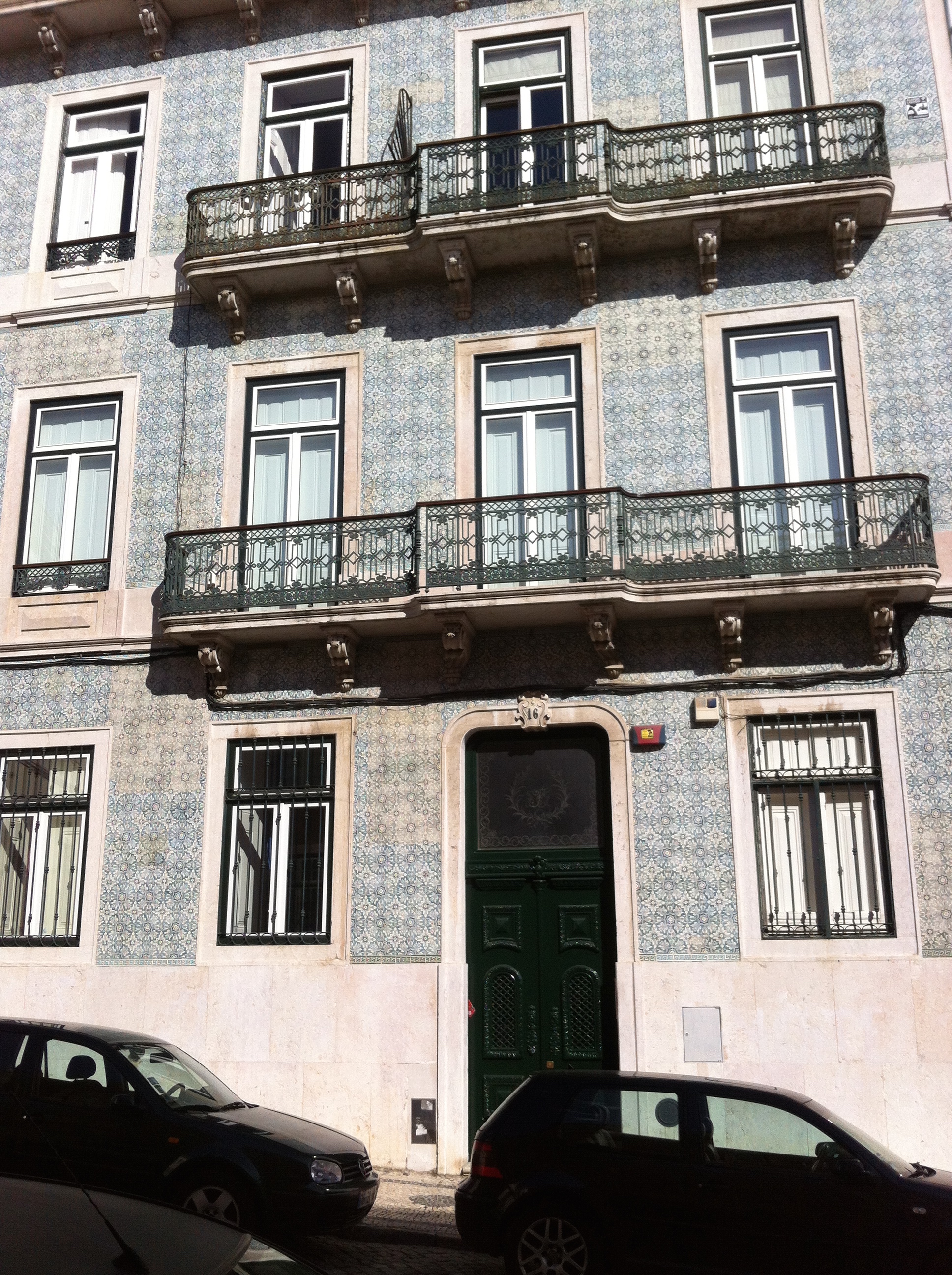
Portugal’s buildings are unique in their exteriors which are covered in ceramic tiles ~ creating a street level gallery of tile art which withstands time and weather.
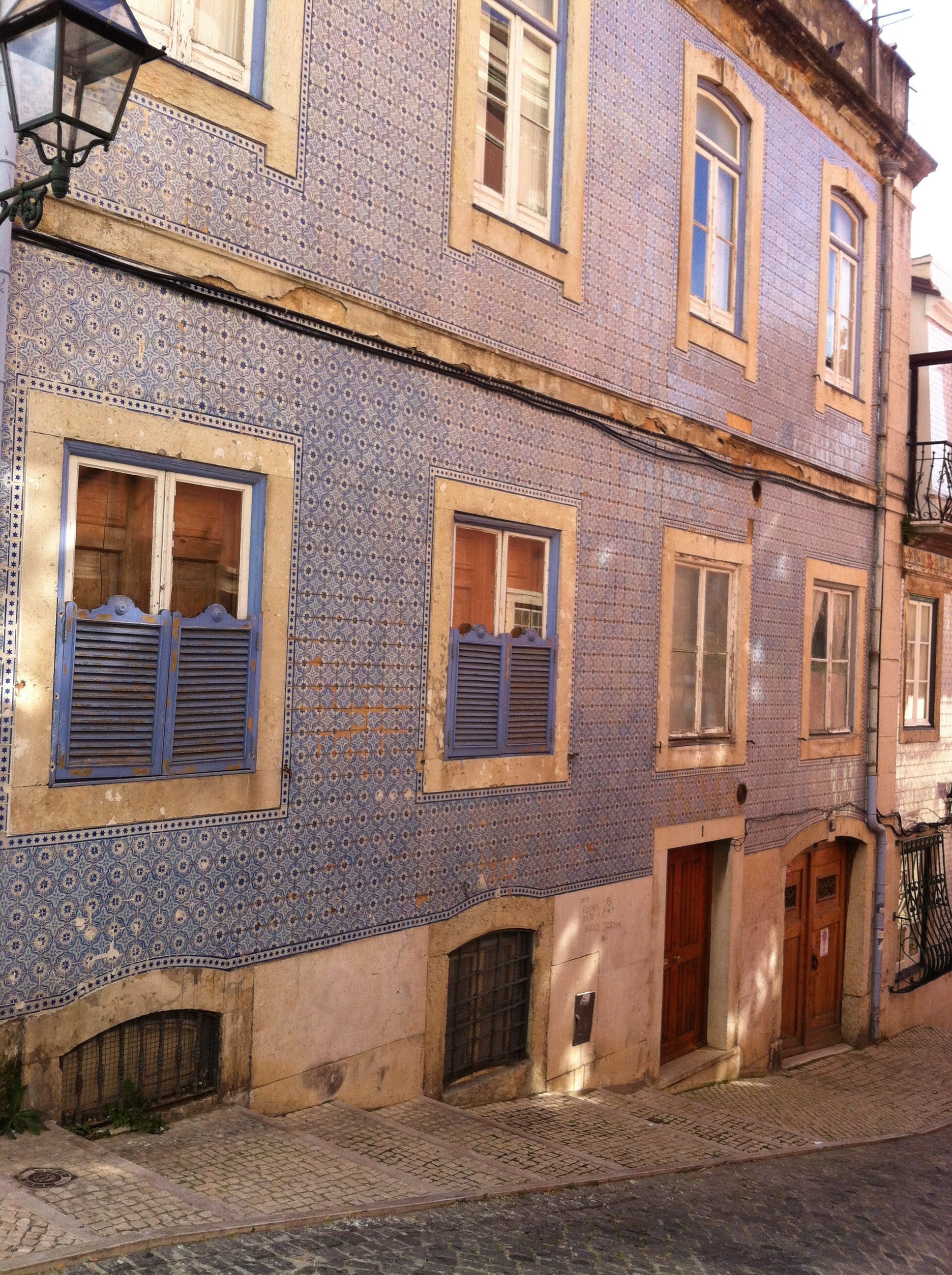
Its such a treat to walk through the streets of Lisbon enjoying the exterior tile colors and designs on all the streets.

Close up of blue wooden shutter with blue and cream tiles. Although the tiles are pretty rugged, the original tile work and on some, the wear and tear is part of the charm.
In order to get a better feel for the history of Portugal’s Azulejo (tiles) culture, we head to the phenomenal Azulejo Tile museum. The museum not only houses selected tile works that depict each era over centuries of ceramic creativity, it also functions as a restoration center for damaged historically valuable tile works.

Restoration of ceramic tiles.

Rooms full of walls of tiles. We both love ceramics and these are simply stunning!


 A period of frantic tile construction started in the 1600s with ceramic works contracted by the Church, hence many chapels and convents are adorned with ceramic magnificence. In addition to patterned tiles, the Church commissioned smaller panels with saints and religious narrative.
A period of frantic tile construction started in the 1600s with ceramic works contracted by the Church, hence many chapels and convents are adorned with ceramic magnificence. In addition to patterned tiles, the Church commissioned smaller panels with saints and religious narrative.
This practice of covering altar frontals with tiles instead of fabric began in Spain and extended to Portugal in the 16th century.
What is peculiar is that, until this massive investment in tile artistry, tile work was associated with Portugal’s lower class. It was thus highly unusual for Portugal’s religious leaders and monarchs to seize upon this particular art form and to choose to adorn the homes of the noble class with the lowly tile art form.

A local nun taking phone pictures of the tile work in the museums church.
Starting in the 17th century, Portugal’s ceramicist started to interact with their northern neighbors, in Holland who had mastered the blue and white ceramic style for which Holland is still known. So many churches featured large works depicting every day life in Portugal, in white and blue. These tile works of art represent the closest thing to a “photograph” of Portugal around that time.
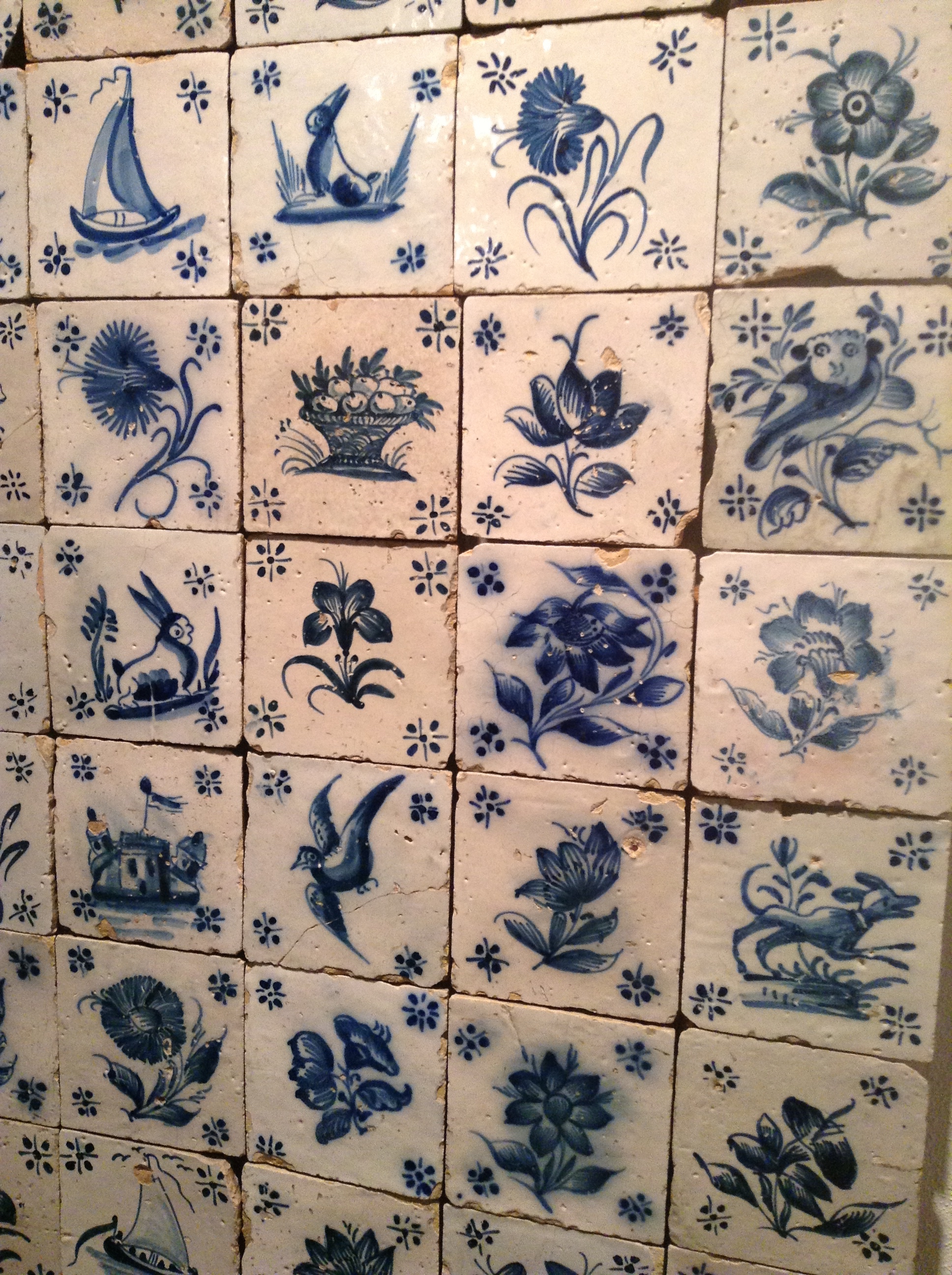
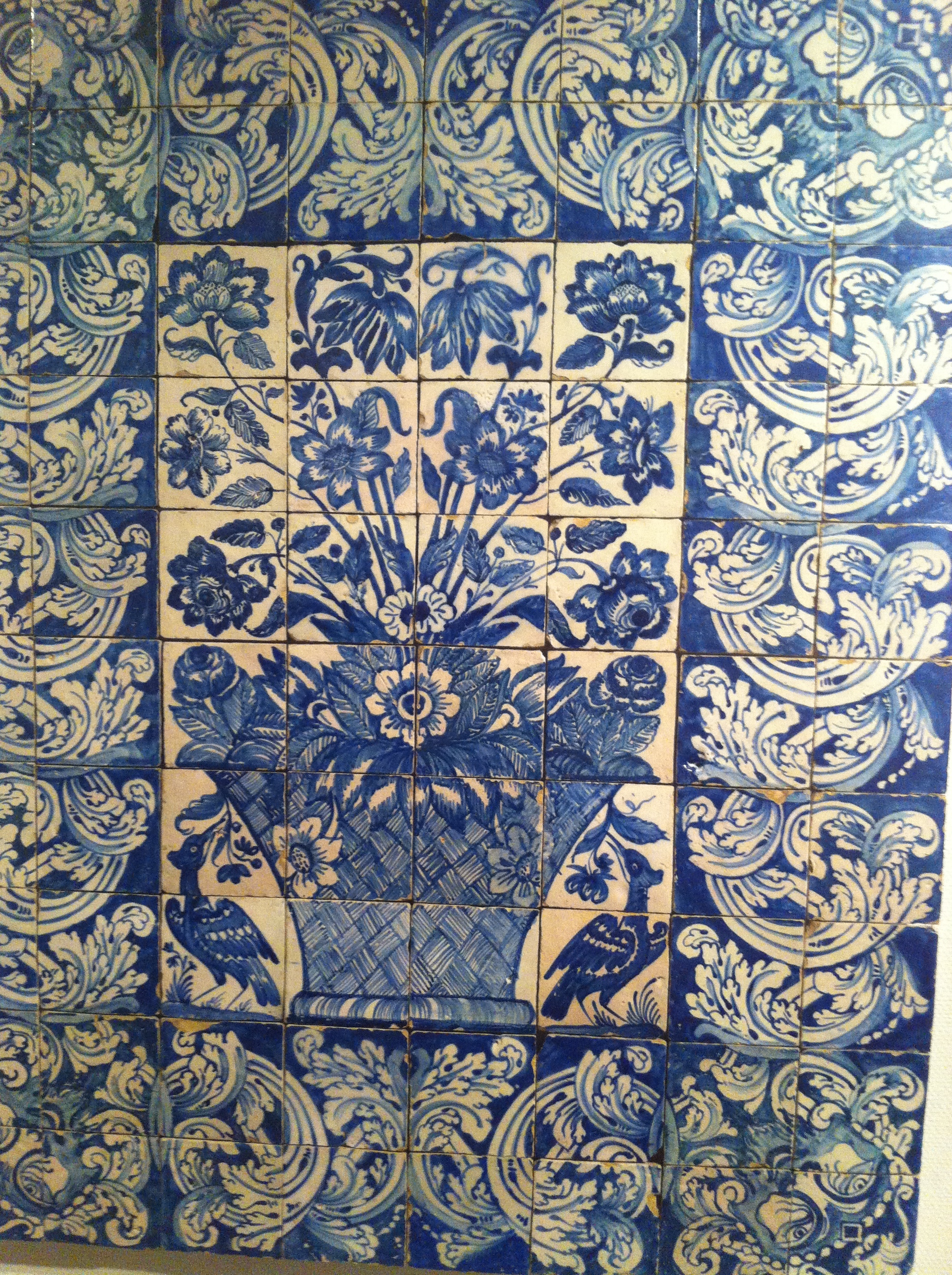
Not surprisingly, the themes selected to adorn churches were mostly segments from the scriptures. But they also featured scenes of priests, farmers and tradesmen at work and at rest.
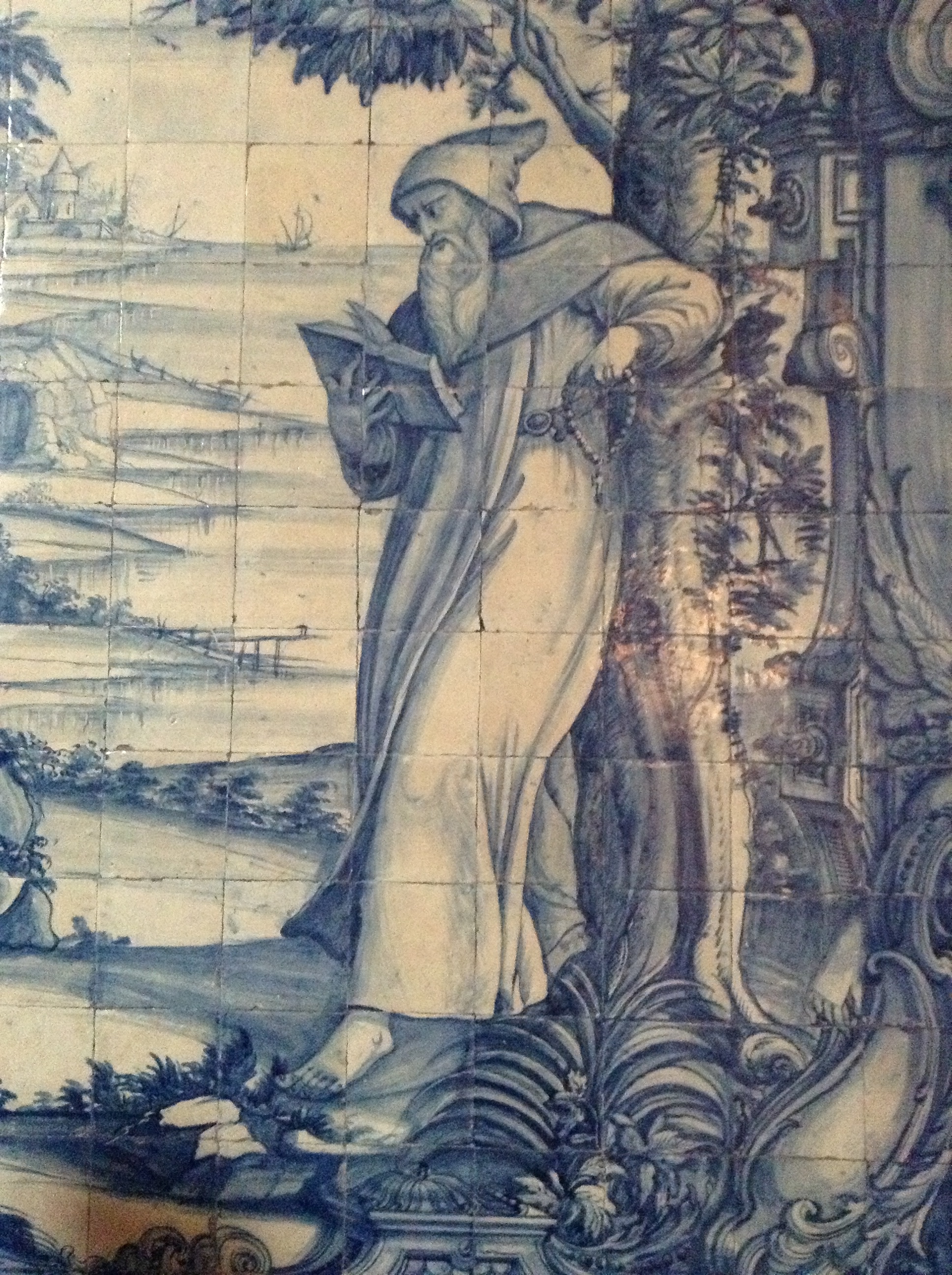
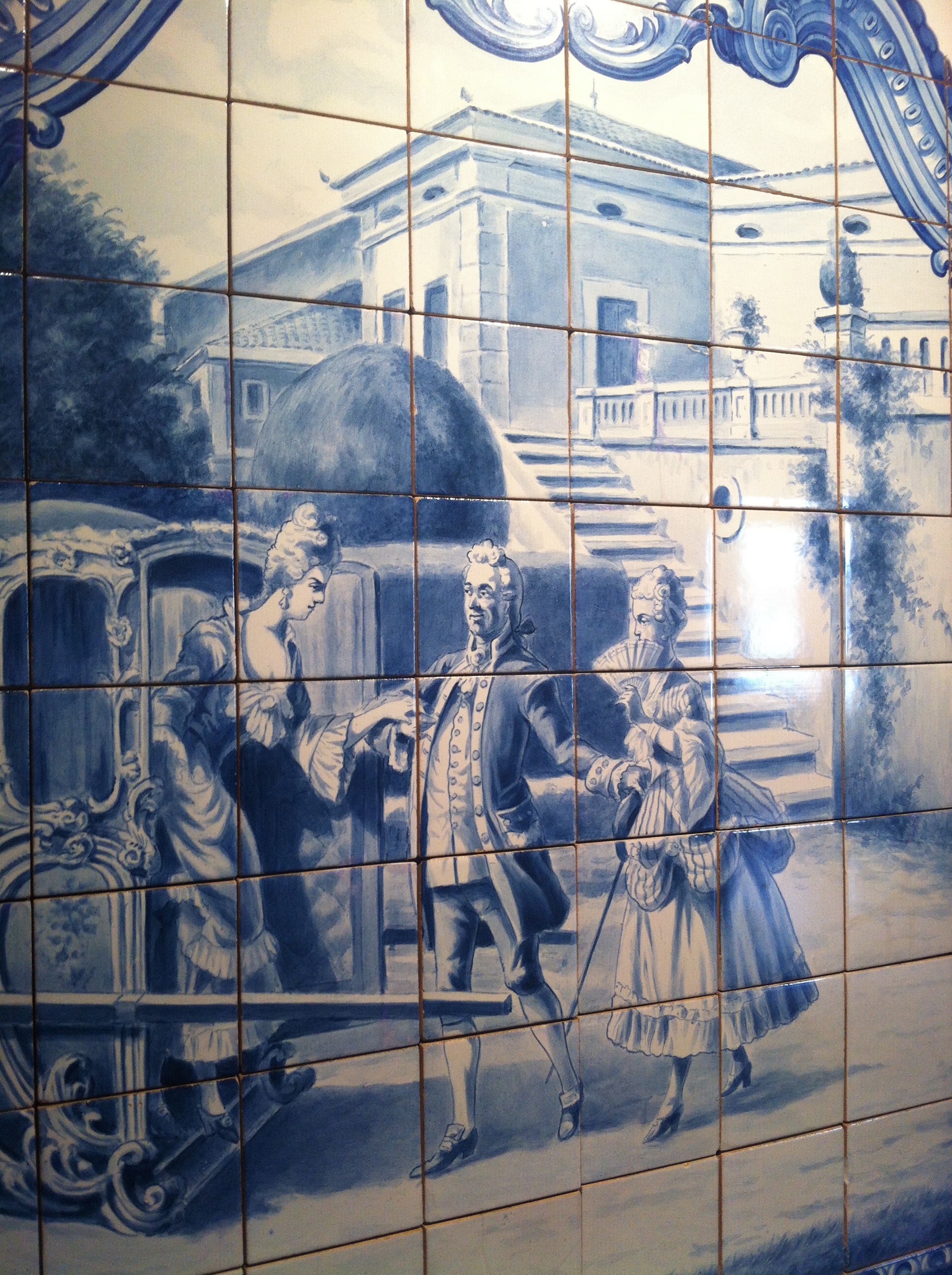
Revealing the grandeur of the times by way of tile murals.
A slow review of the many floors of blue and white tile work reveals a frequent level of humor on the tiles. Witness the scene below “buried” in the midst of a larger depiction of village life…
It is around the 18th century that other colors began surfacing in Azulejo works. In the series of tiled walls shown below, the scene describes an “animal wedding”.
By the early 20th century, scenes of life of Portugal farms became more painterly. Here a huge Azulejo showing the taming of horses.
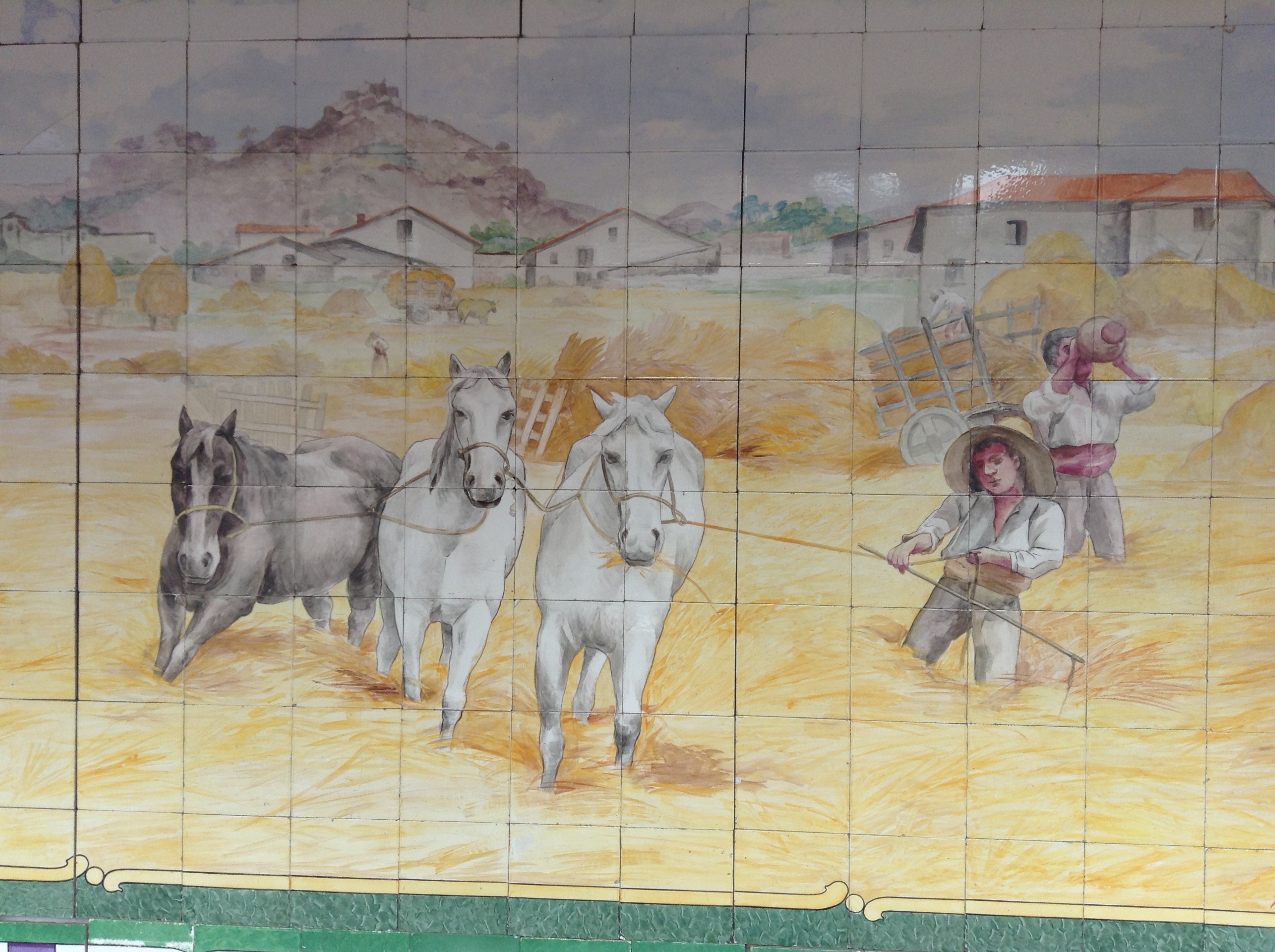
By the mid 20th century, ceramics was making its mark as a full fledged contributor to “modern art” and Portugal’s expertise with ceramic emerged through bold, abstract pieces.


The Azulejo culture was brought to the streets of Lisbon when noblemen contracted ceramic workers to graduate from flooring with tiles, to internal walls, and finally to adorning the outside facades of their homes and buildings. It is this culture of street level artistic expression that remains vibrant in Lisbon. Not only through the permanency of ceramic tiles, but as well via the ultimately impermanence of the spray can, Portuguese street artist remind us that the best way to view art is at street level.

Is it graffiti, is it street art, or is it plain vandalism? Sometimes the line is rather thin.
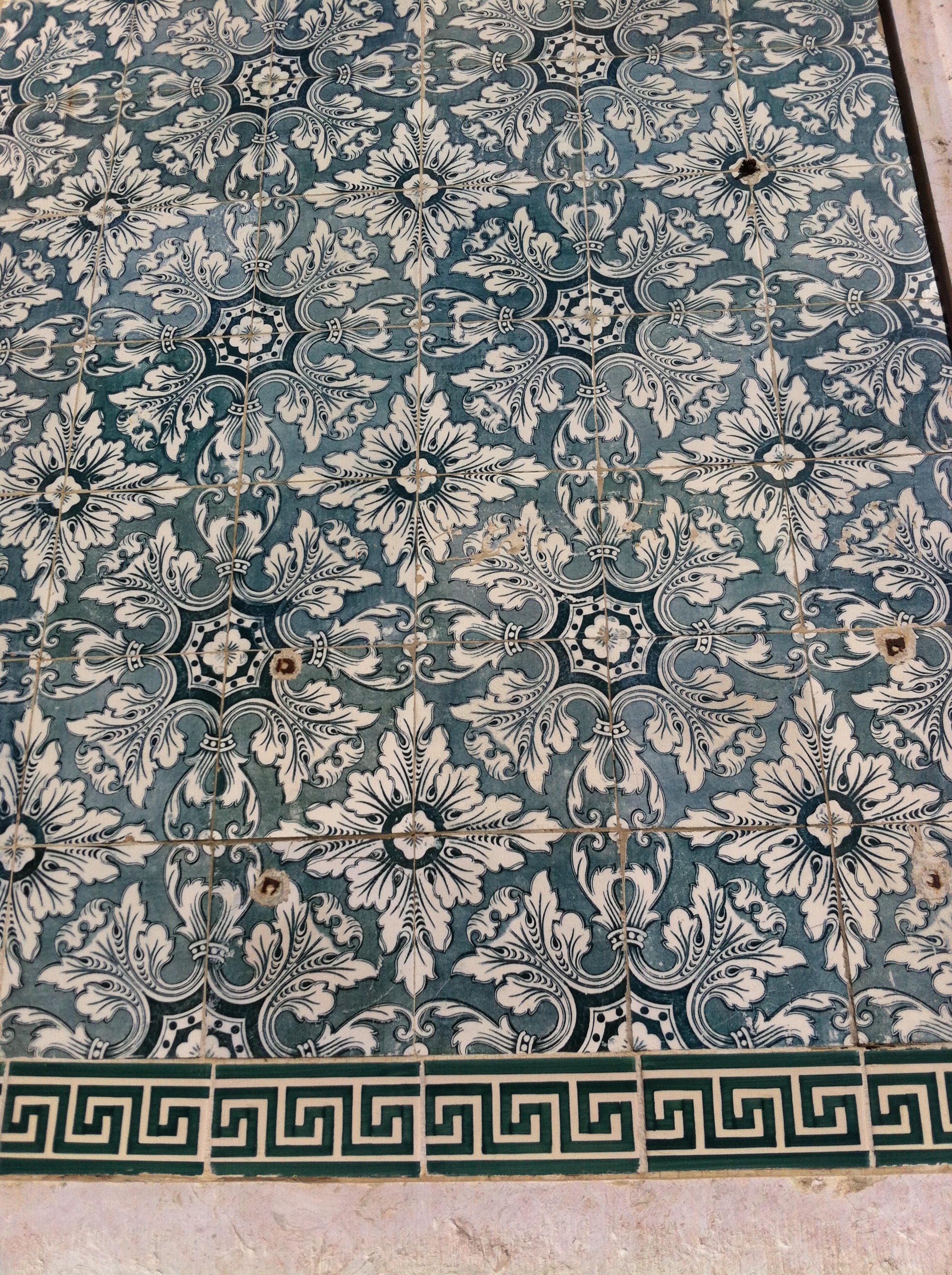
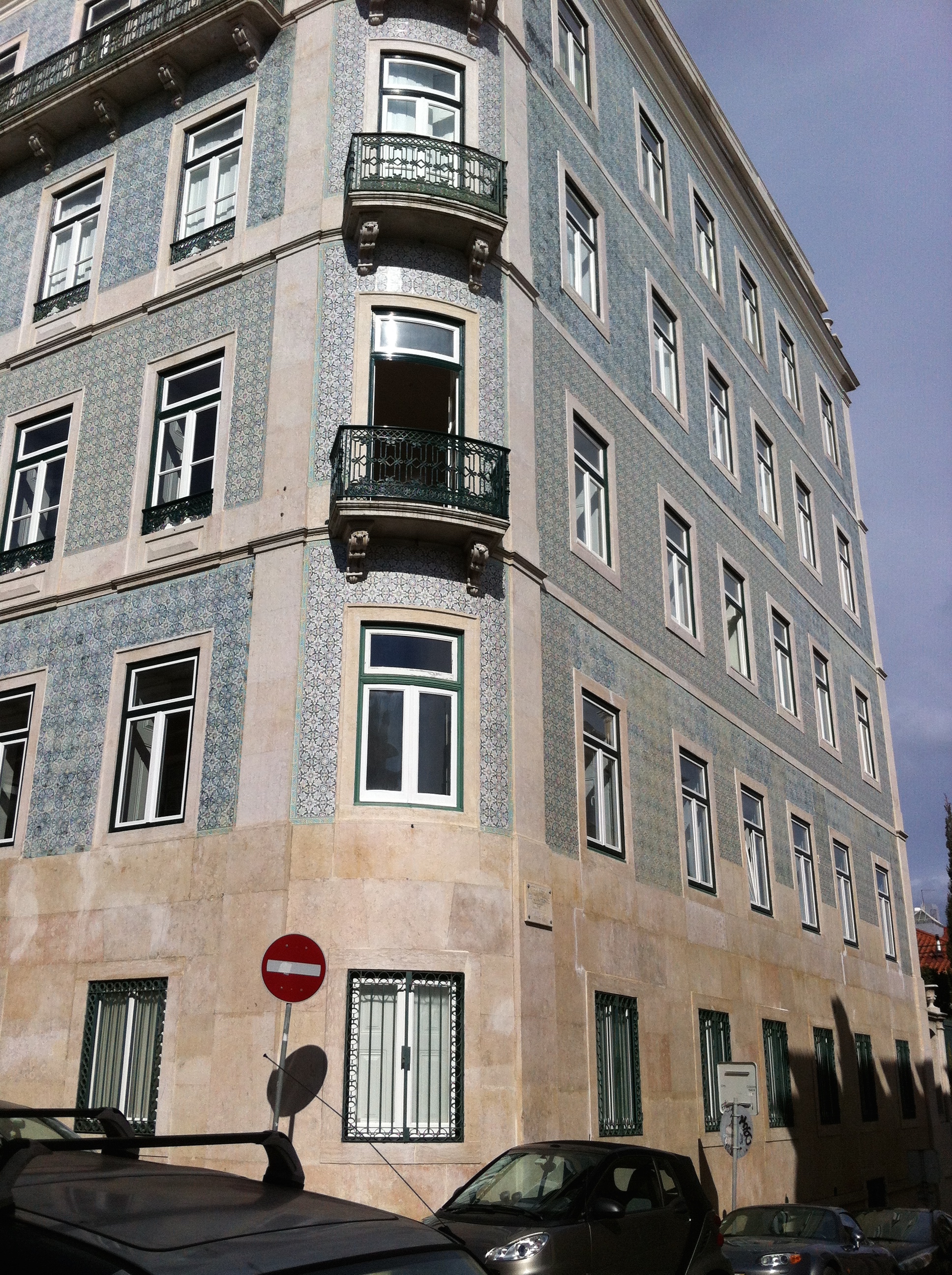

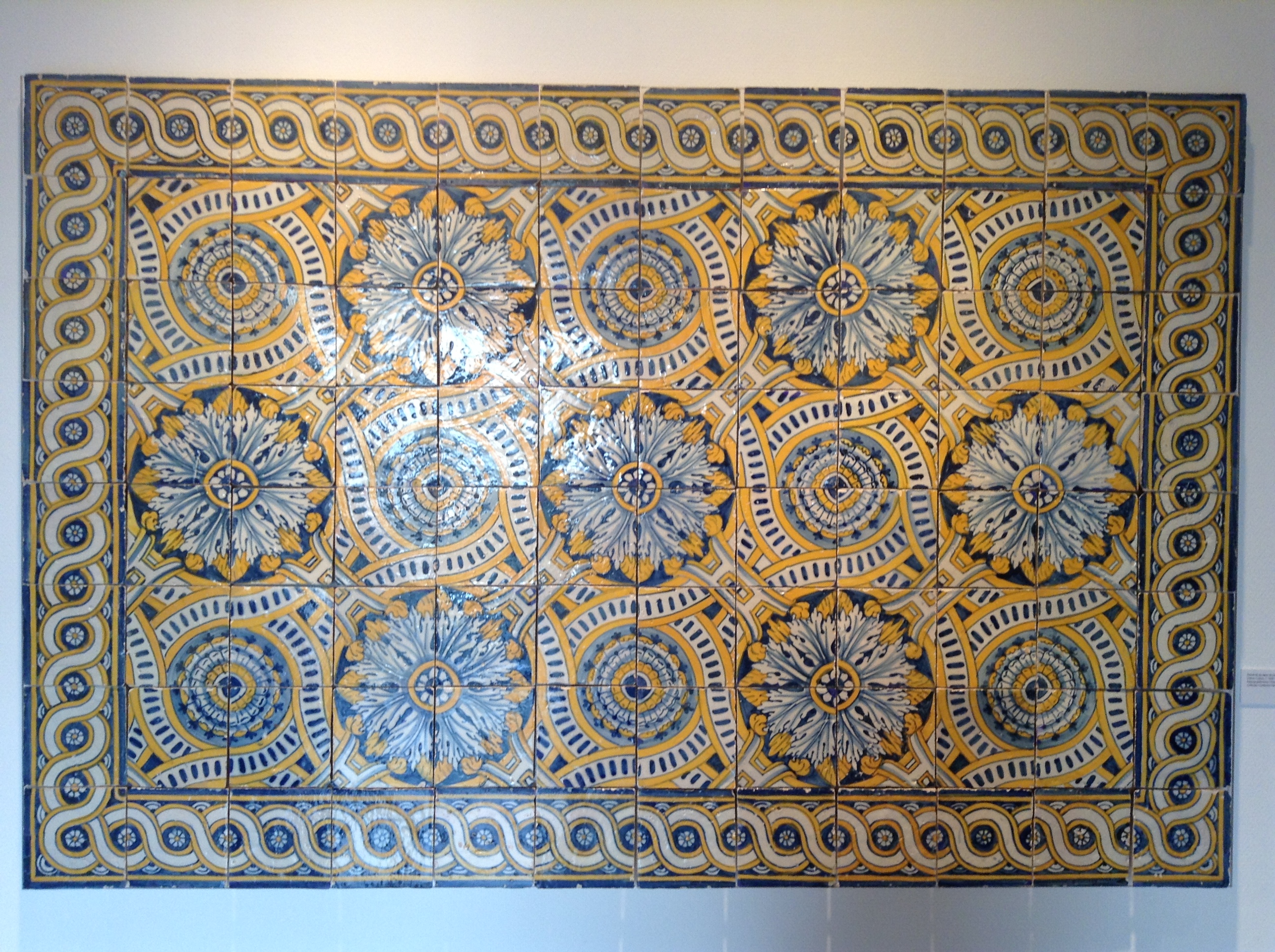



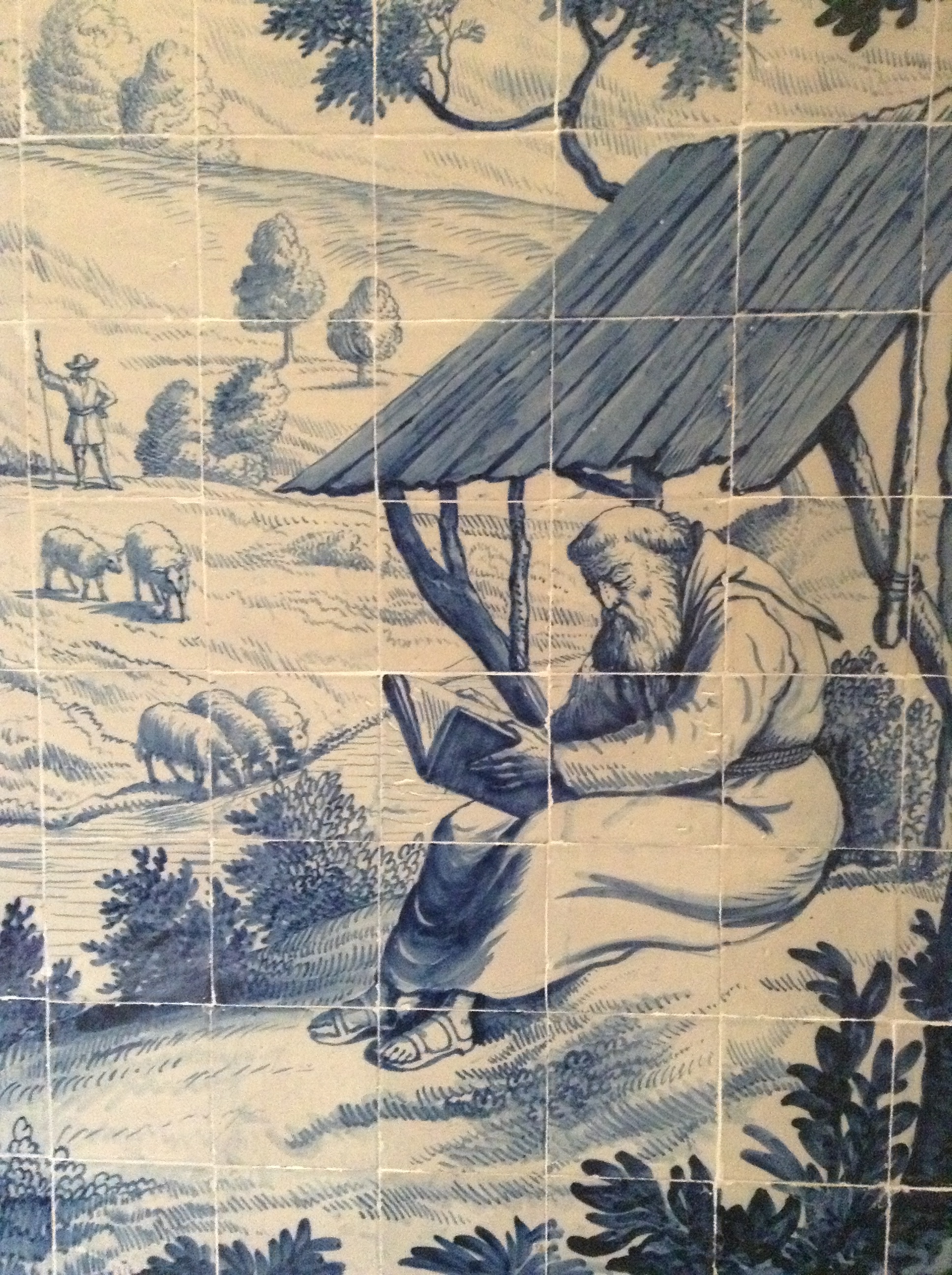
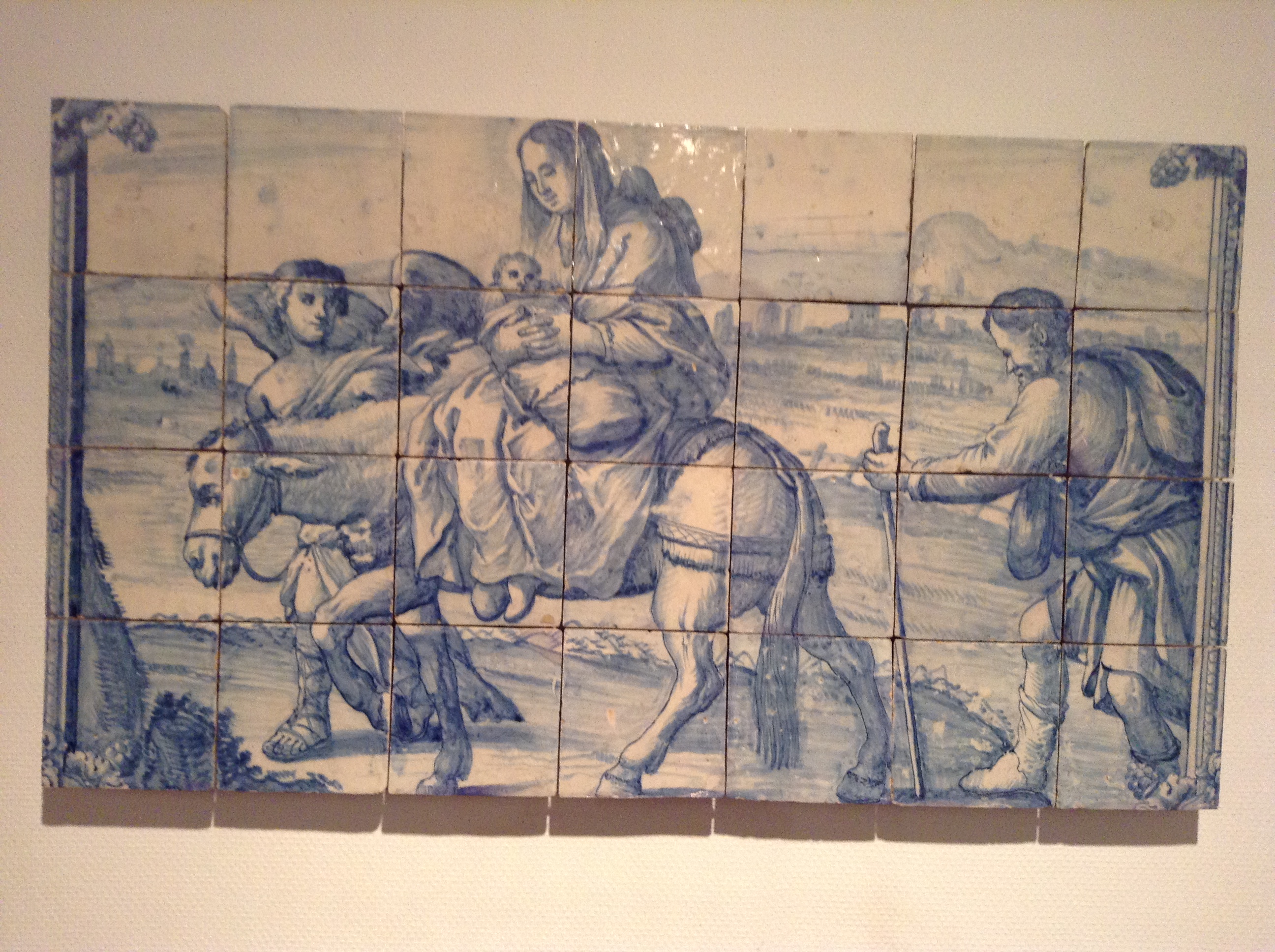
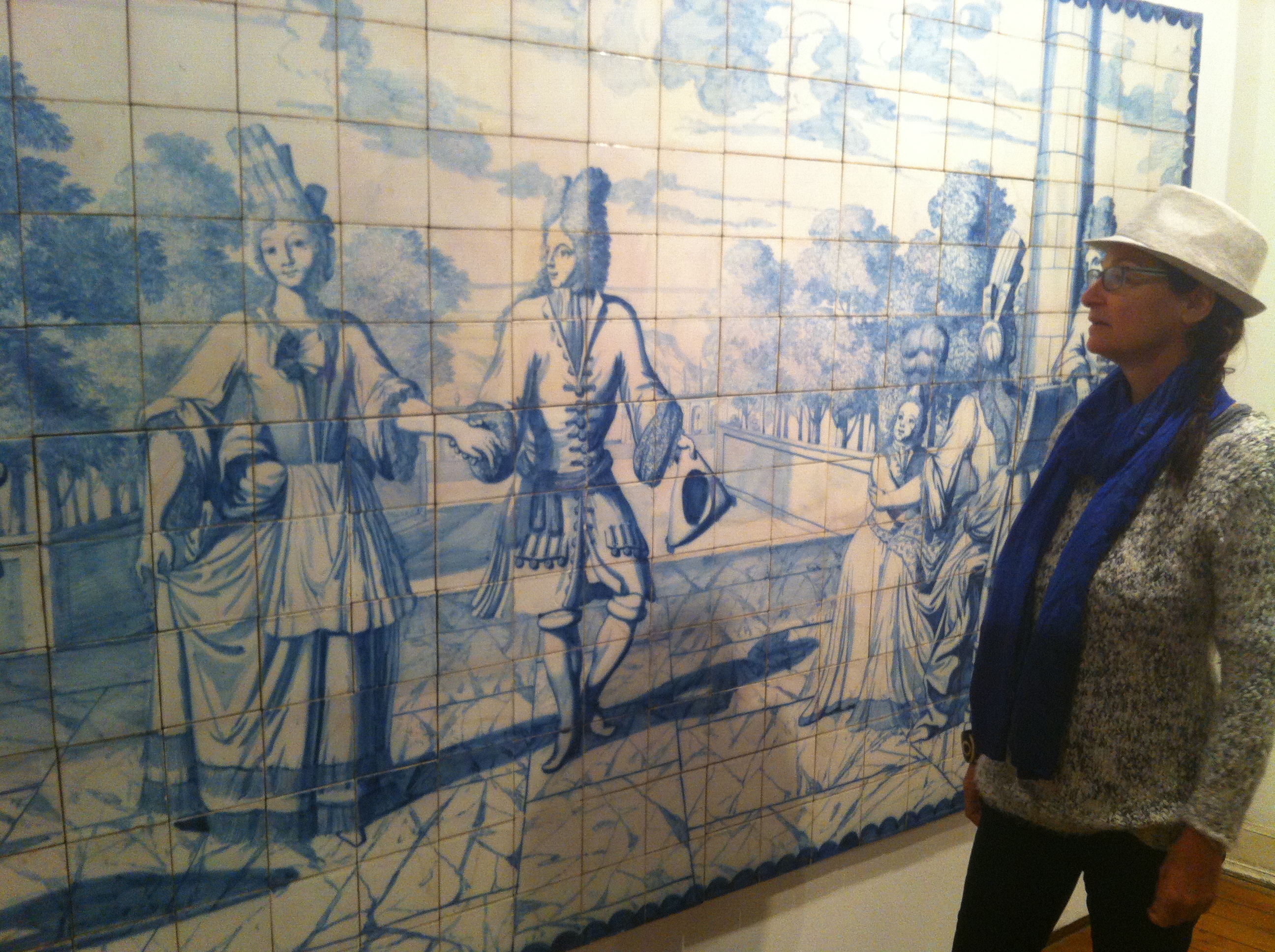

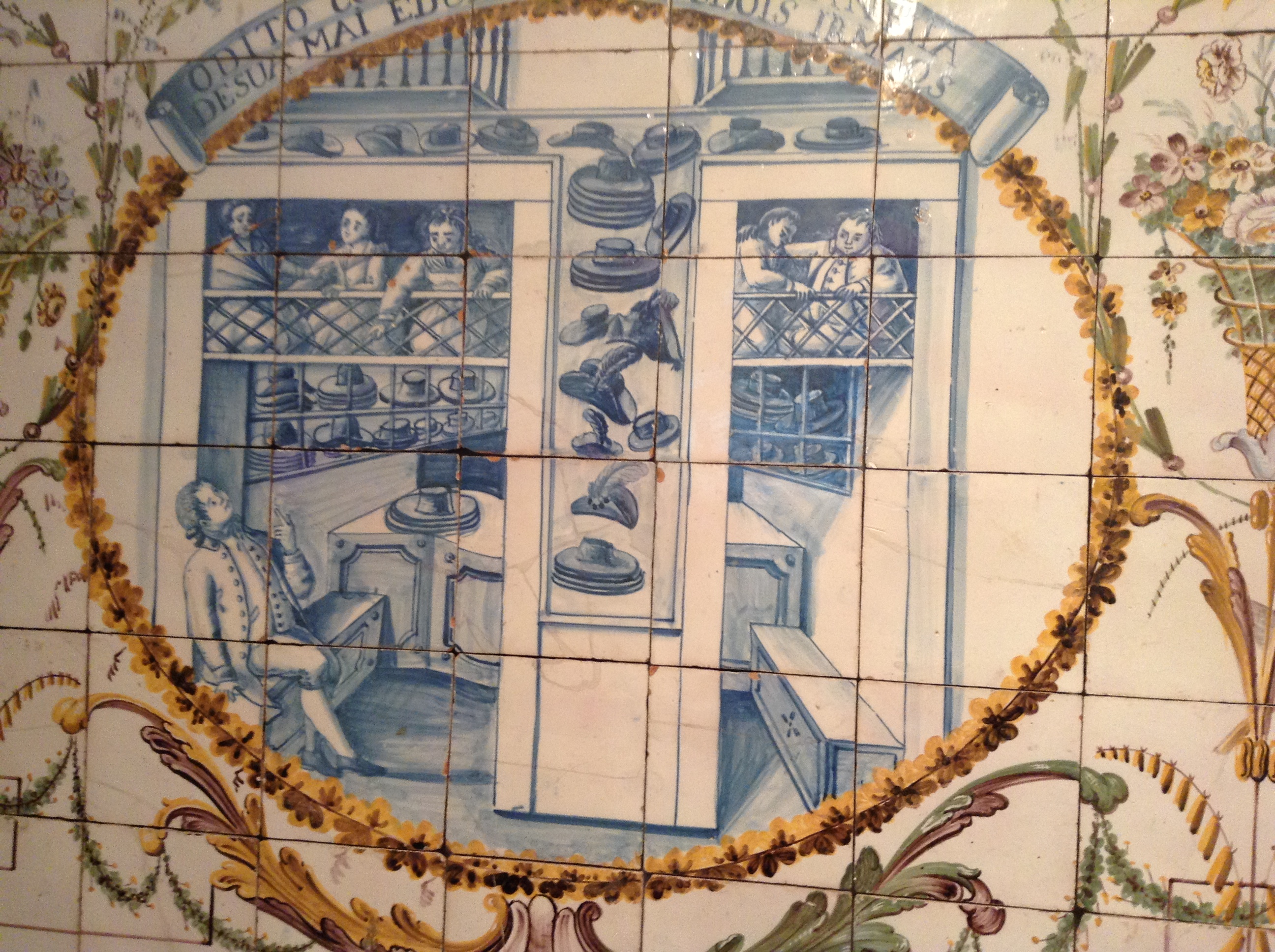
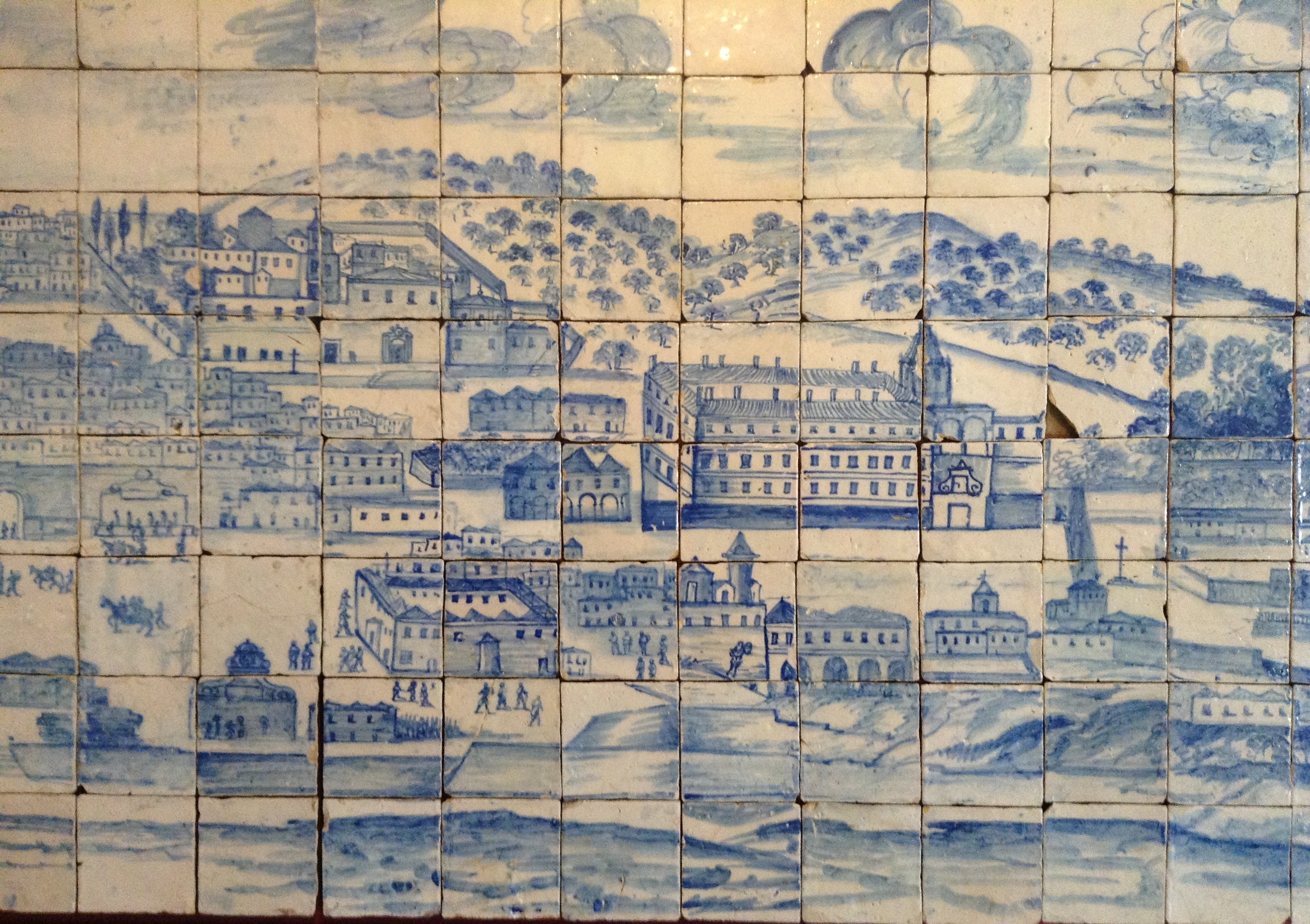
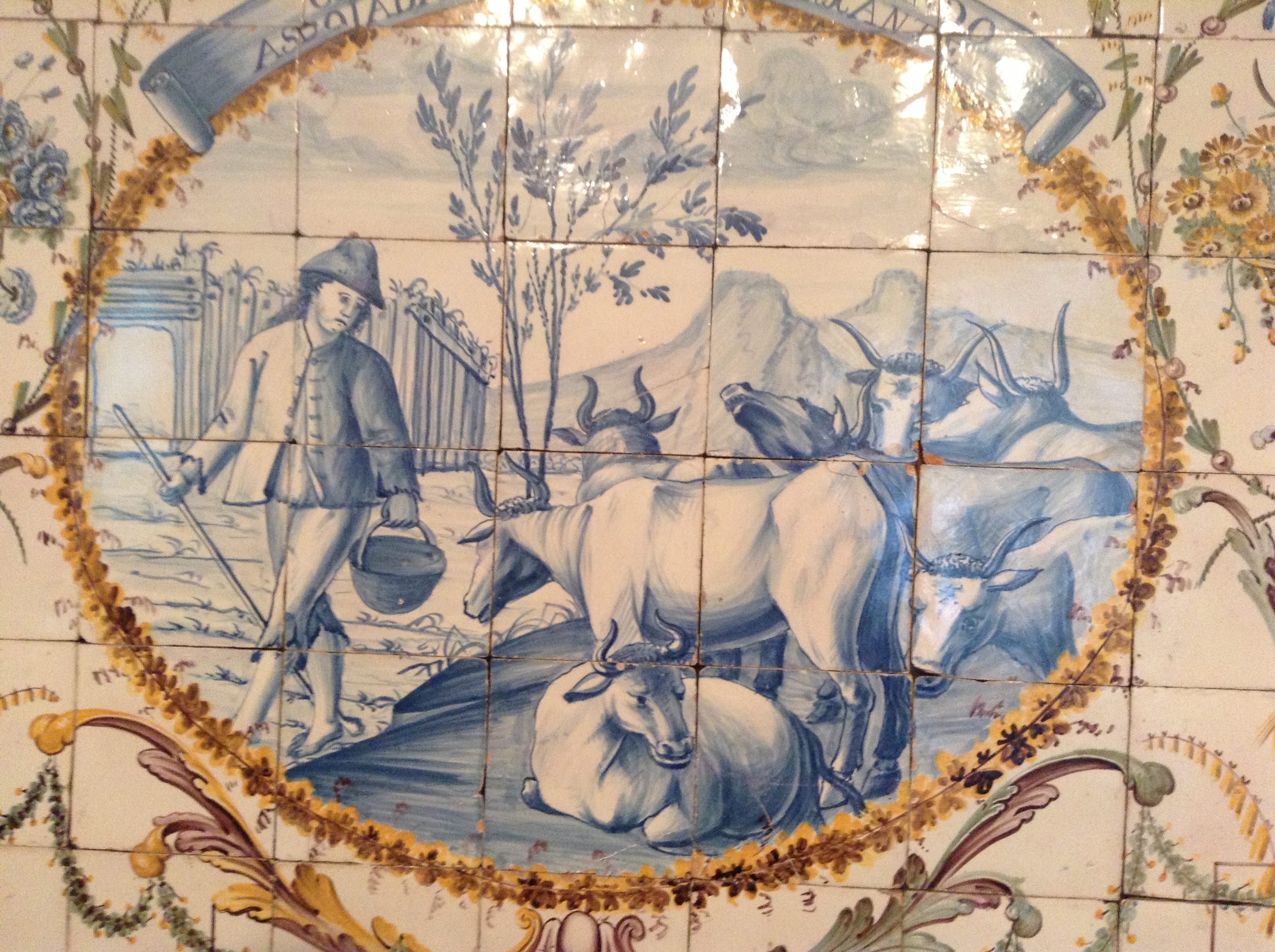



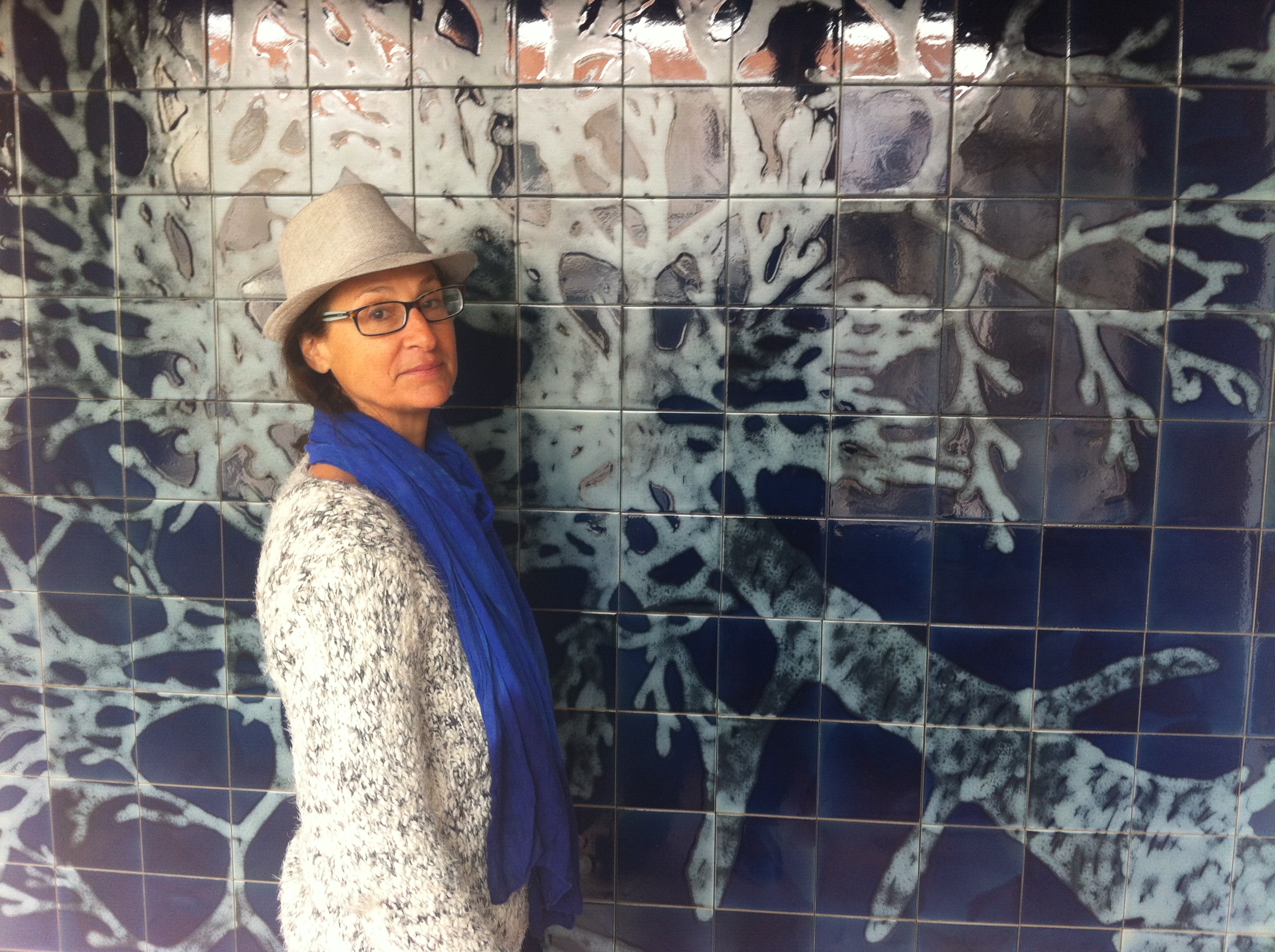

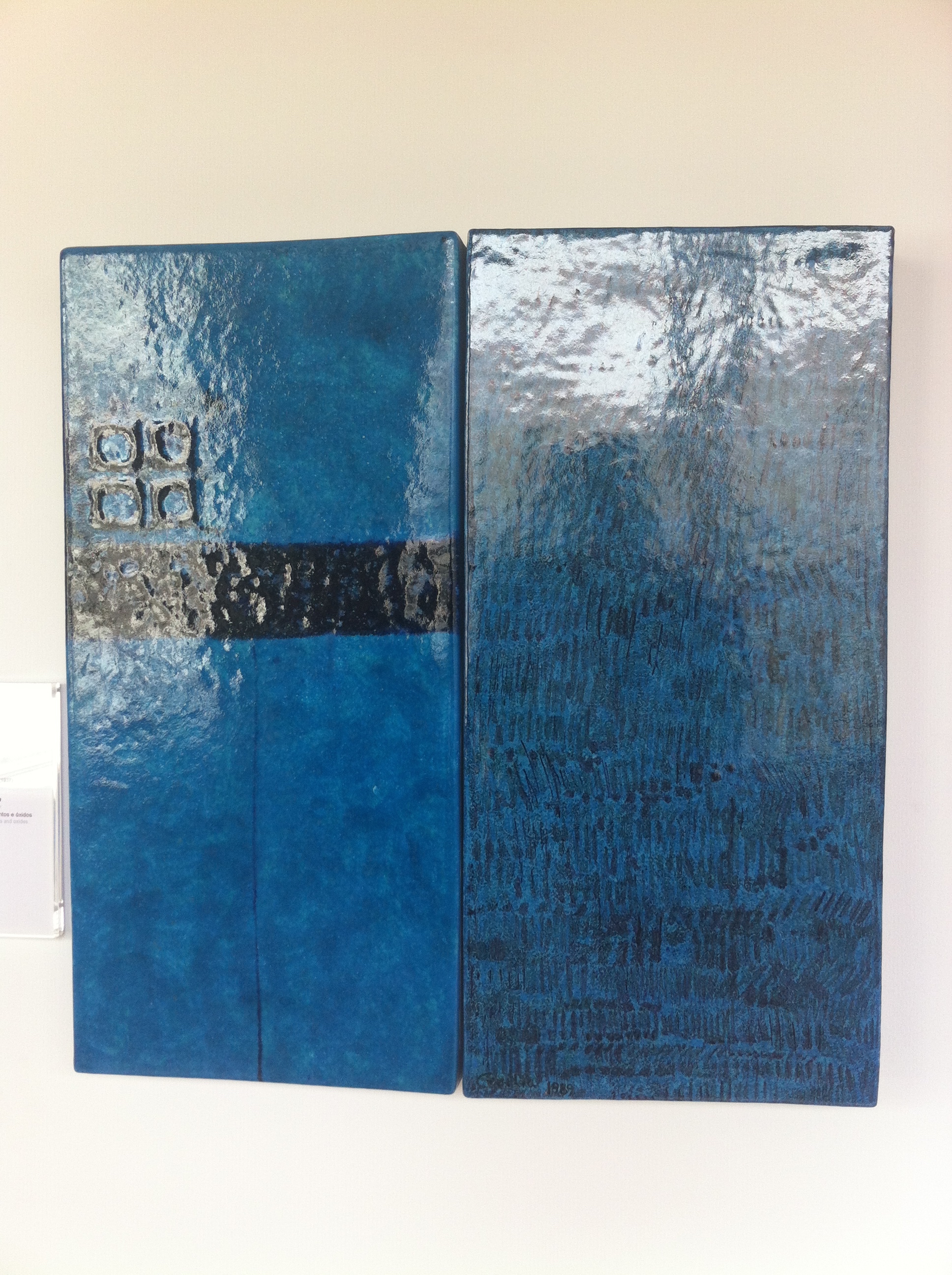
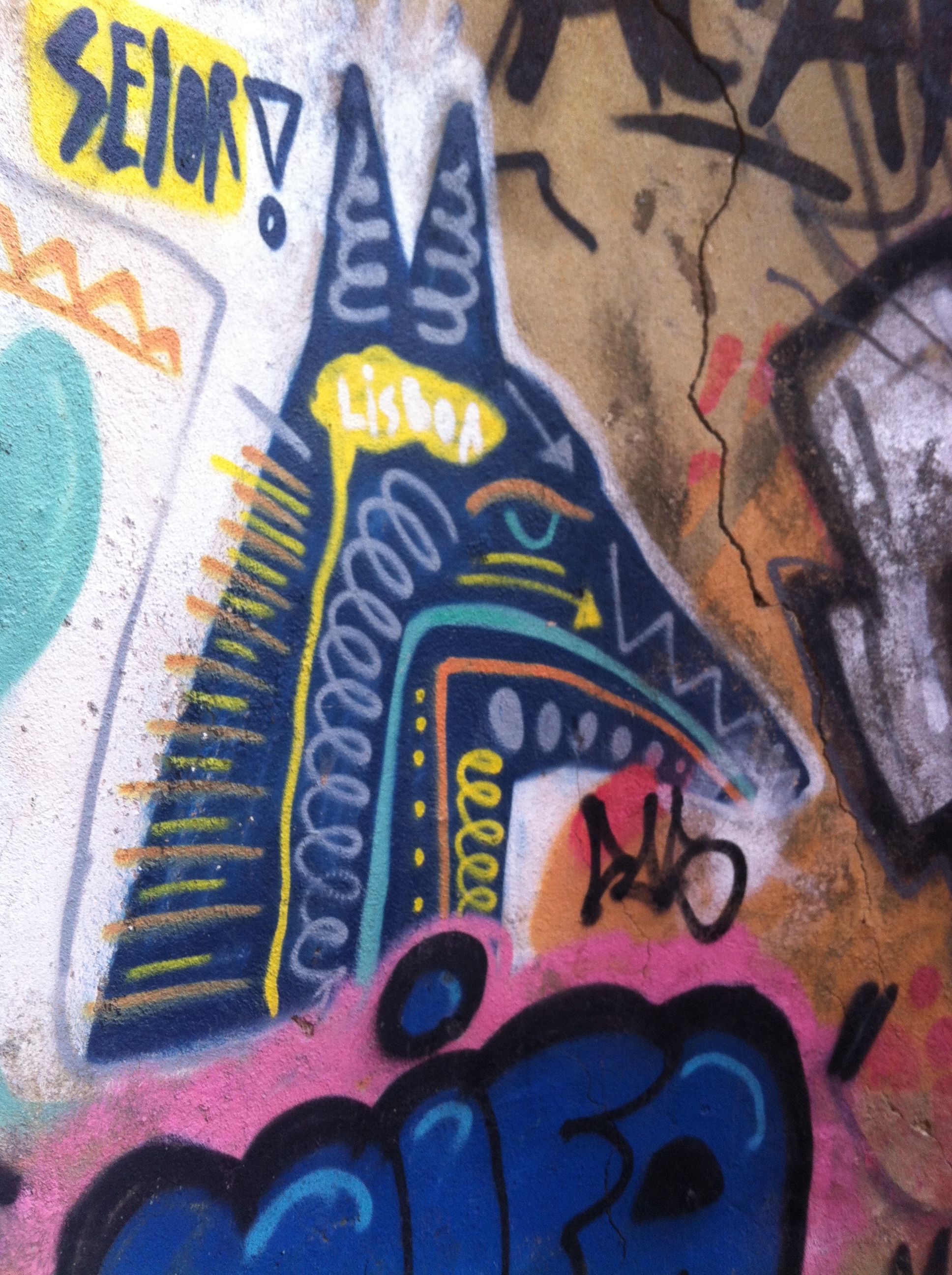
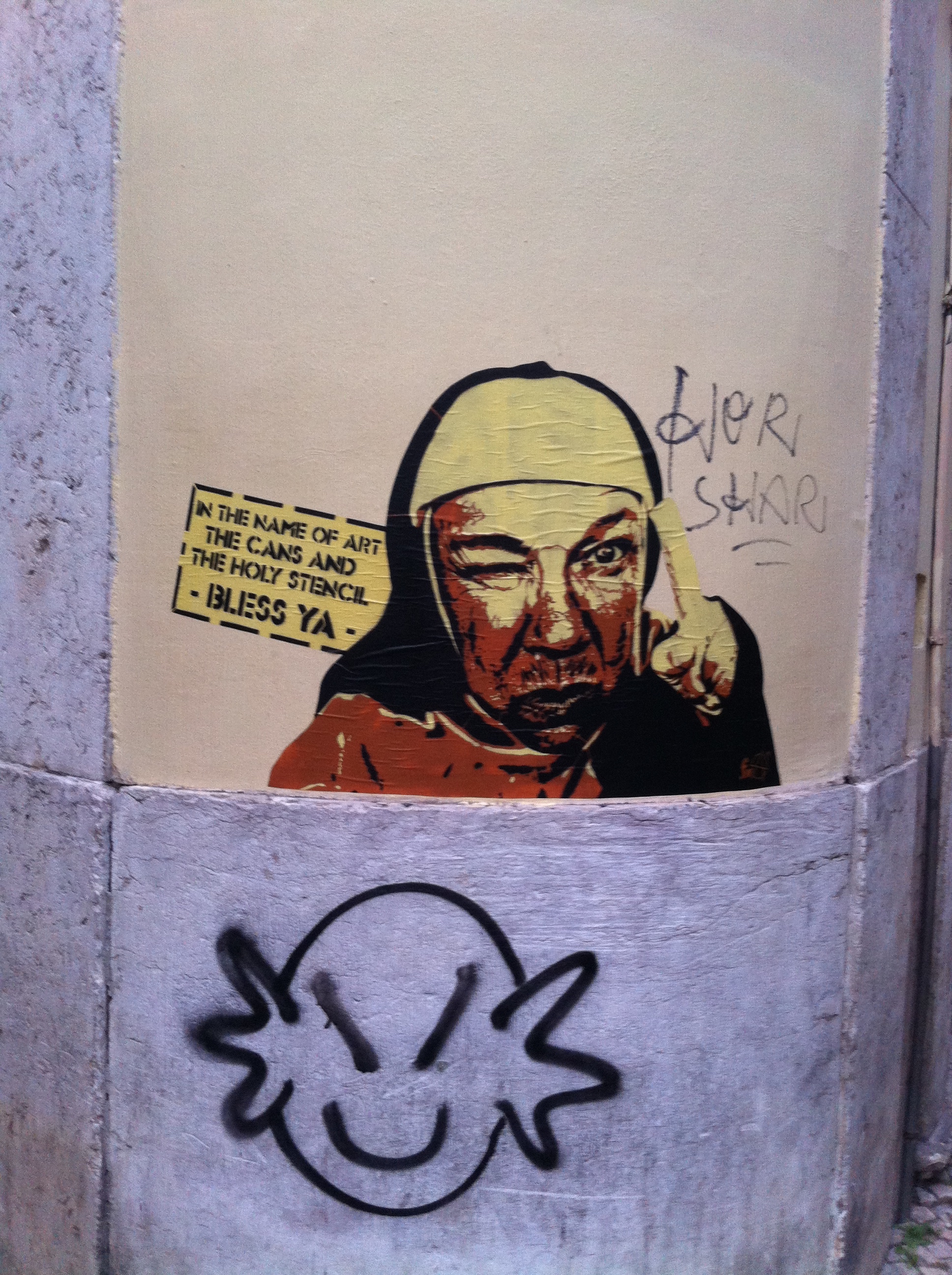
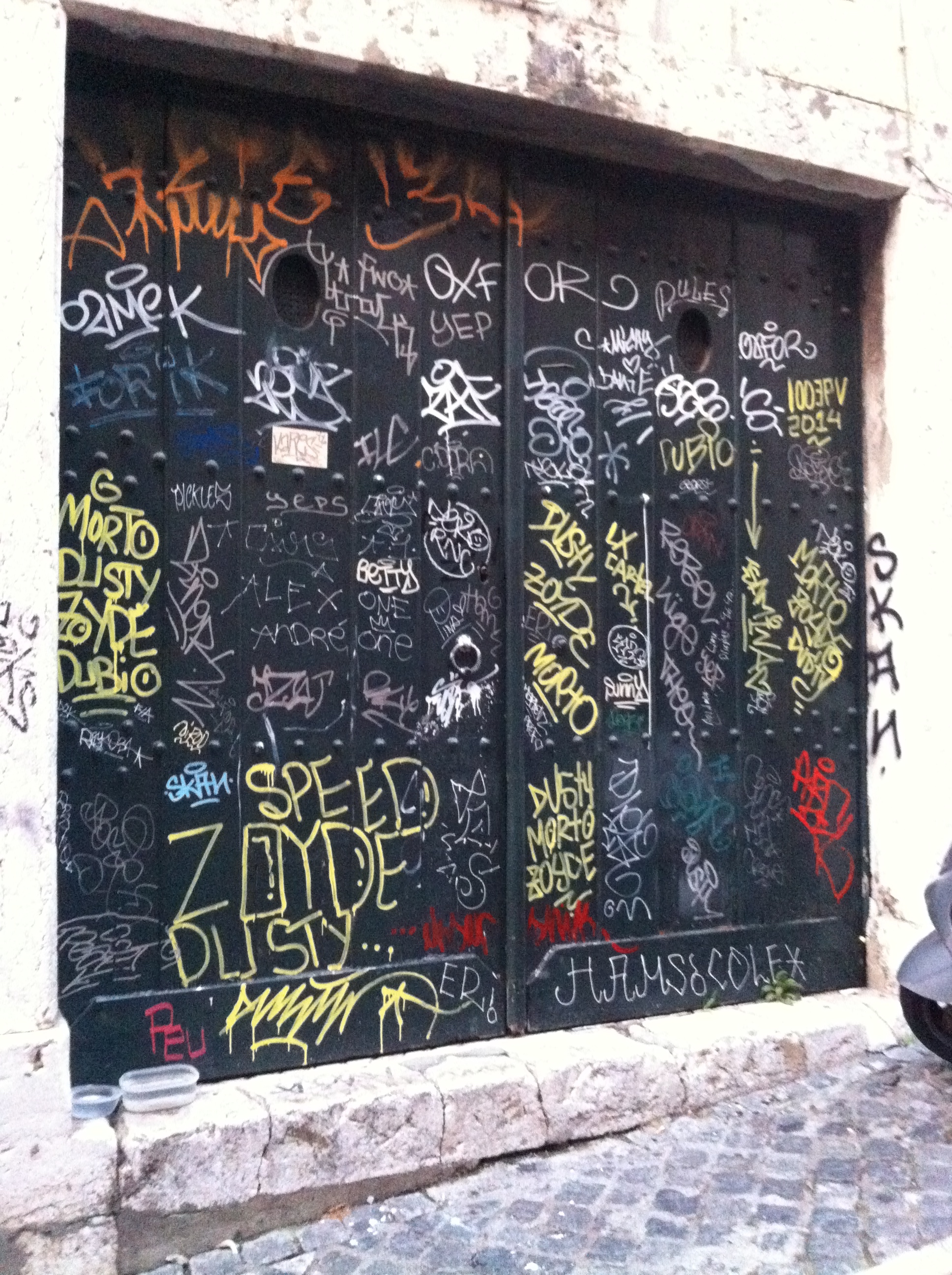
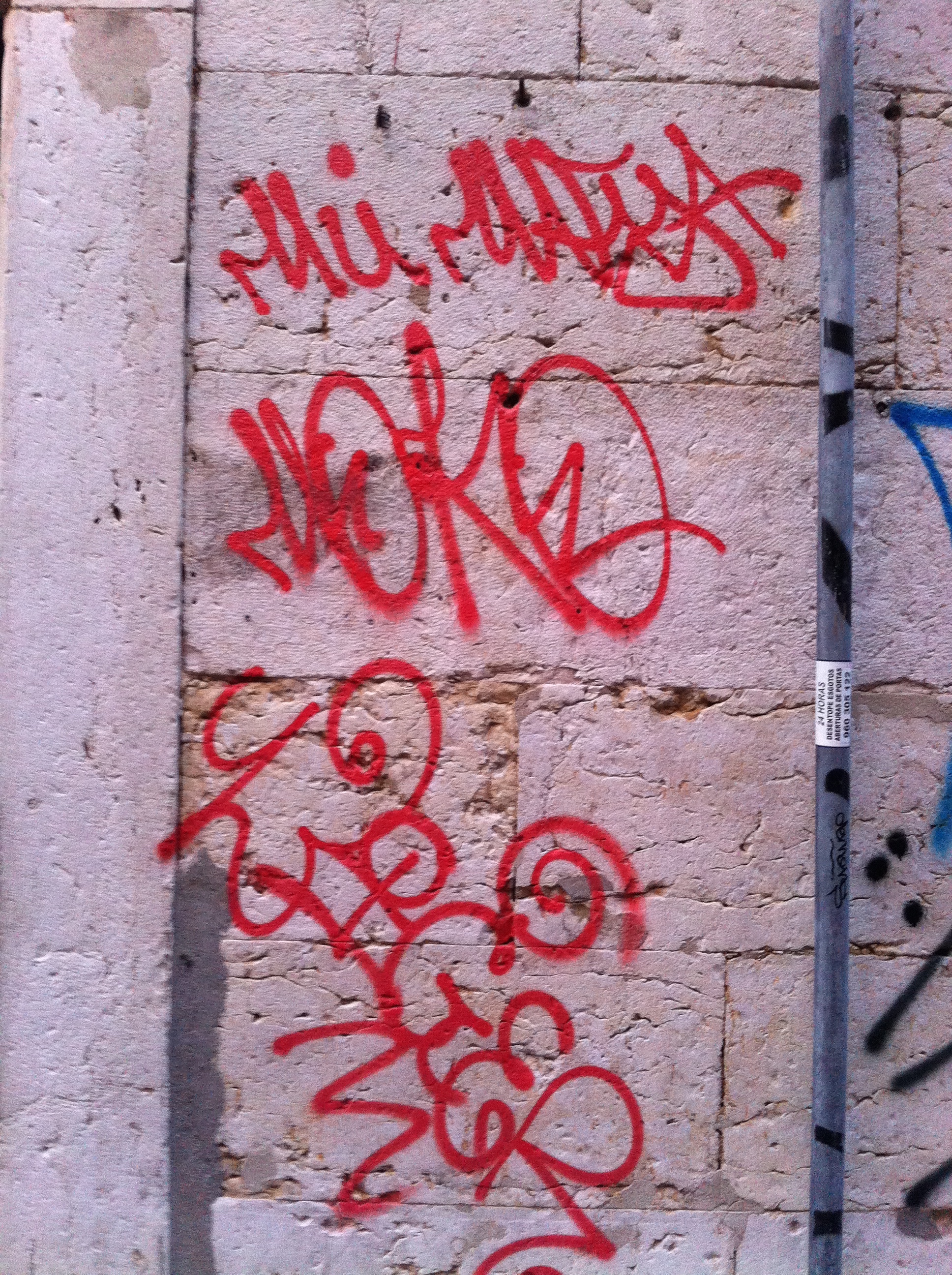
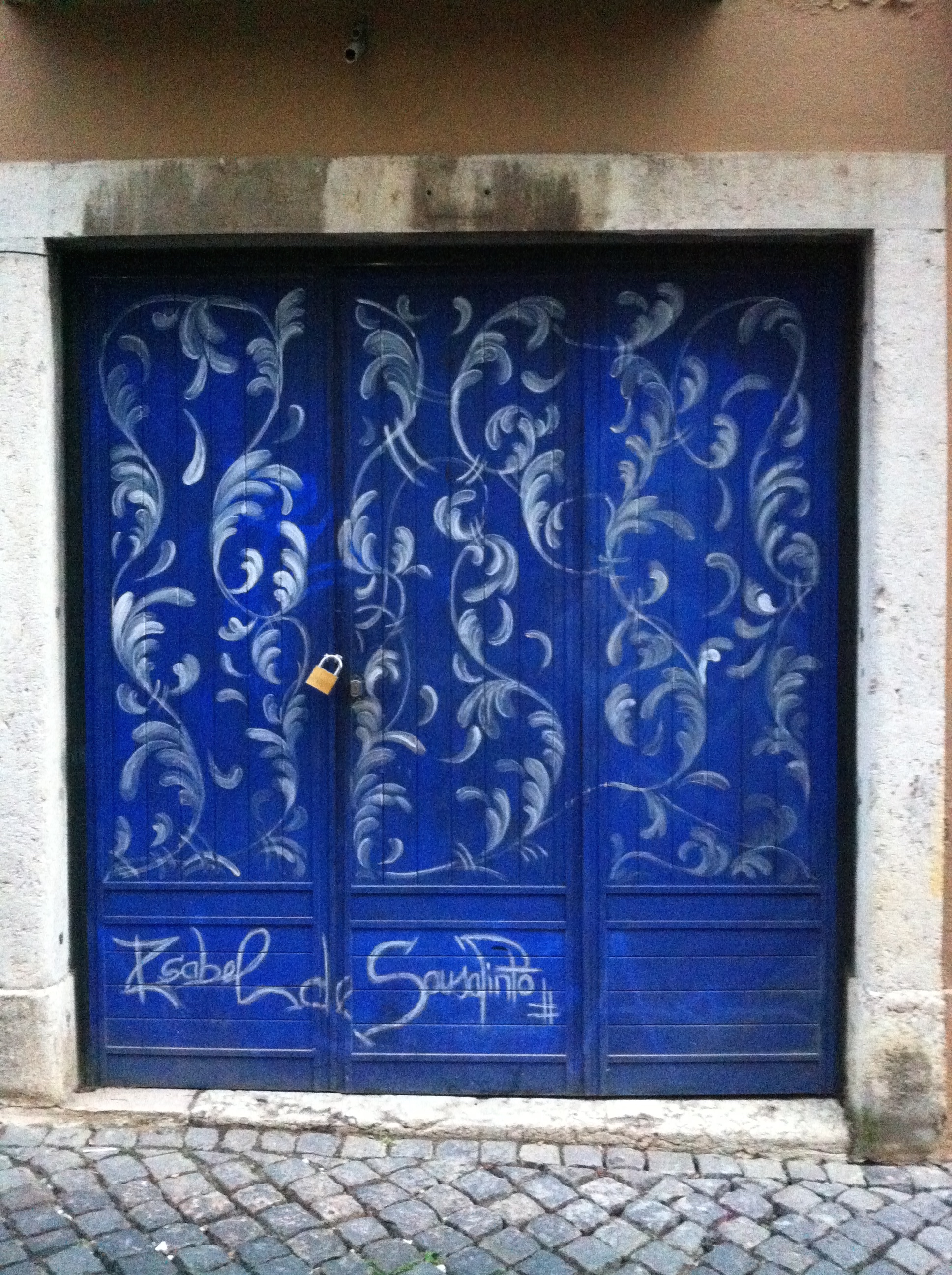
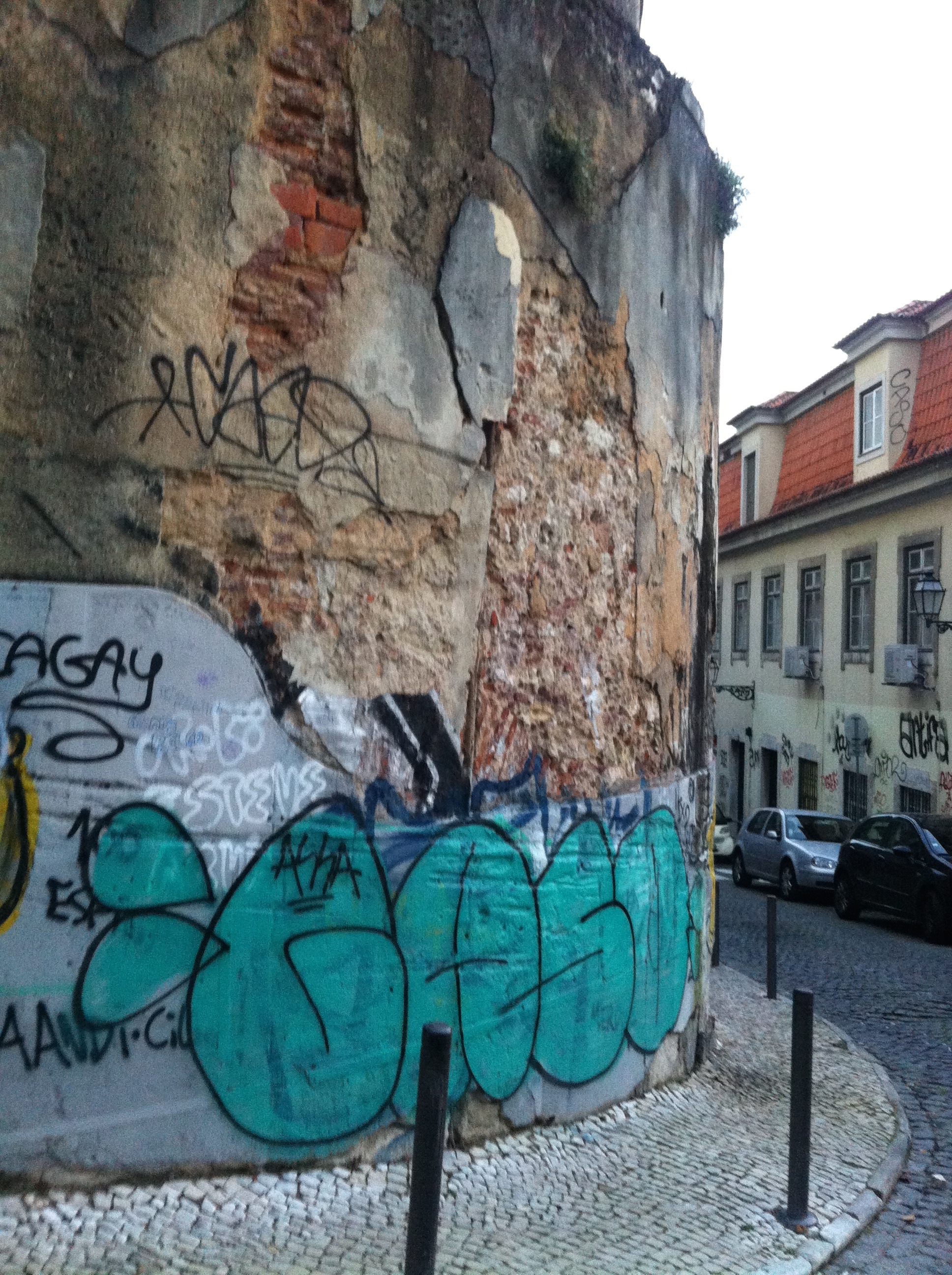
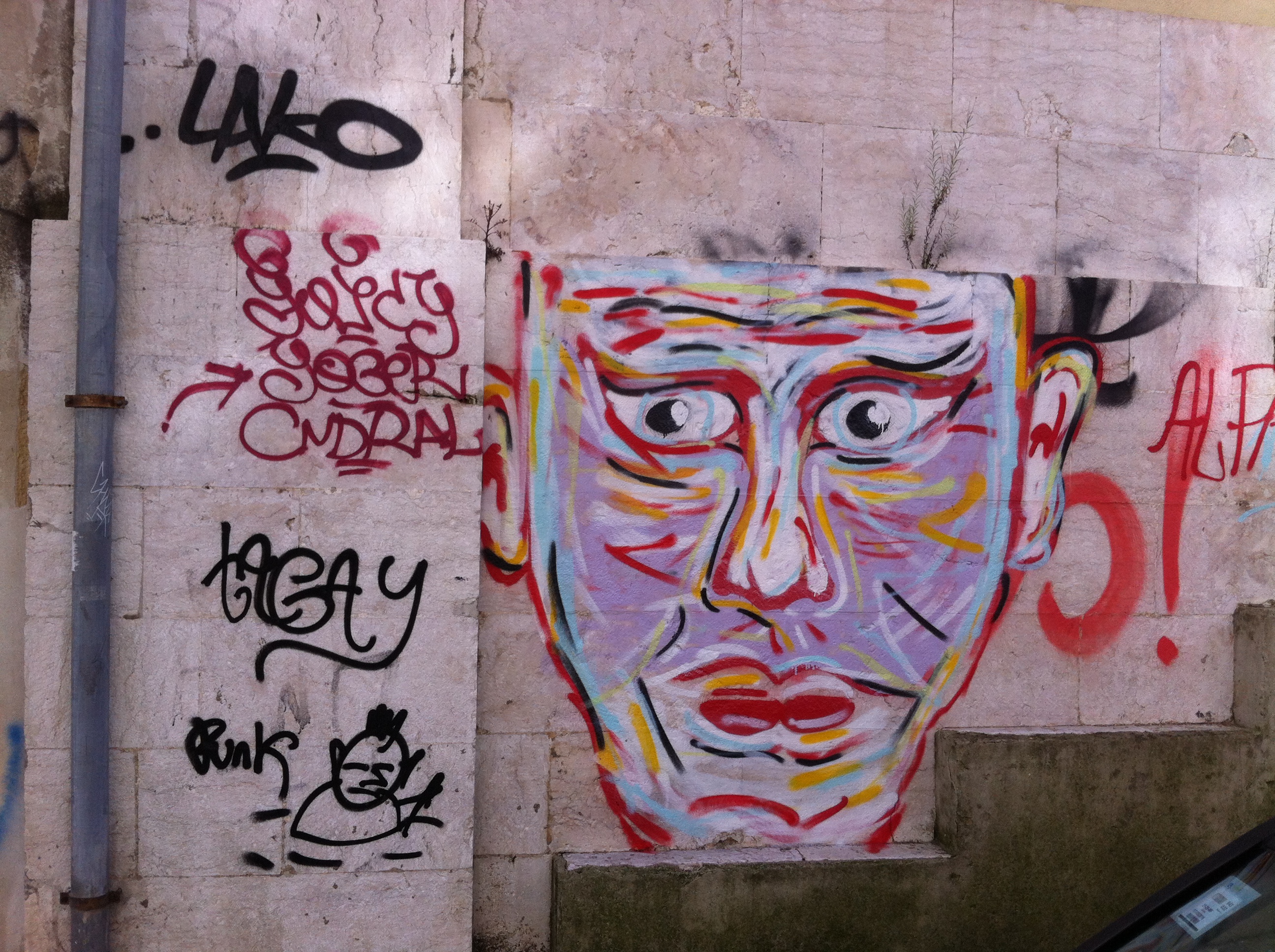
Good evening Ms. Peta,
Beautiful tiles on buildings – – – oh how nice! I know I would love to visit there and see more. Of course, it was also delightful to see your smiling face once again.
Charles
Thanks Charles for the feedback! I think you would absolutely love Lisbon. It is indeed a terrific city! We could see ourselves living there quite easily.
By artist’s eyes becomes reverence
Wherein art itself reveals evidence
Laughing, even profane is enlightened
A millennia in blue of senses heightened
Grateful for this knowledge of awareness
Received of your journey’s gentle noblesse
Until again old friends
Stefano ~ Thanks for your poetry… glad you are enjoying the blog…
Beautiful! I have been to Porto many years ago so had some idea about Portuguese tiling, but these are even more amazing.
Magnificent aren’t they! Overall we really loved Portugal. It could easily have become home for a while for us.
P
Peta, we’ve been to Lisbon a couple of times and somehow missed this museum. It looks wonderful and thanks for all this history. It’s interesting that the use of tile started with the lower classes. It’s unusual to see a trend go up the socioeconomic ladder. Very nice post and photos. ~James
Isn’t the museum just incredible?! Did you make it up to the top floor to see the panoramic tile of the city? If not,I have it on our post about the museum. I remember walking in to one of the rooms, from the former convent era, and thinking, what is this place, this is not just a tile museum. We were fortunate in that we had the opportunity to talk at length with one of the curators and we gleaned so much about the building itself. If you ever make it back to Lisbon be sure to visit the coaches museum, it is equally impressive.
Patti the tile museum in Lisbon remains one of our favorite museums of all times! Yes, we did get to the top floor to see the panoramic tile of the city and loved it.
We did not see the coaches museum, but if we get back to Lisbon, we will definitely include that as a must see. Thanks for the tip.
Peta